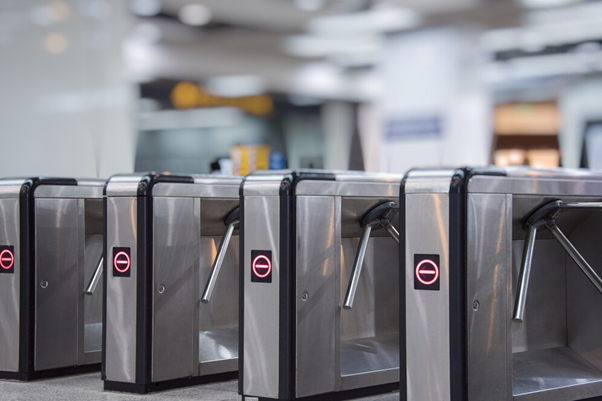Enhancing Business Security: Integrating Commercial Access Control with Automated Gates

In today’s rapidly evolving business landscape, security is paramount. From safeguarding physical assets to protecting sensitive information, businesses are increasingly turning to advanced technologies to enhance their security measures. One such effective combination is the integration of commercial access control systems with automated gates. This article explores how businesses can benefit from this integration, ensuring robust security protocols while streamlining operations.
Understanding Commercial Access Control Systems
Commercial access control systems are designed to manage and monitor access to business premises. These systems utilize various authentication methods such as keycards, biometric scans, or PIN codes to regulate entry. By employing sophisticated software and hardware components, businesses can control who enters their premises and at what times, thereby minimizing unauthorized access and enhancing overall security.
The Role of Business Automatic Gates
Business automatic gate serve as physical barriers that complement access control systems. These gates can be configured to open and close automatically based on authentication signals received from the access control system. By integrating with access control technology, automatic gates ensure that only authorized personnel and vehicles can enter the premises, effectively fortifying perimeter security.
Advantages of Integration
- Enhanced Security Measures: The integration of commercial access control with automated gates provides a layered approach to security. Unauthorized access attempts are significantly reduced as the system verifies credentials before granting entry.
- Improved Operational Efficiency: Automated gates streamline the entry process for authorized personnel and vehicles, eliminating the need for manual intervention. This efficiency not only saves time but also enhances productivity by reducing congestion at entry points.
- Auditable Access Records: Access control systems maintain detailed logs of entry and exit activities. By integrating with automated gates, businesses can generate comprehensive reports that document access attempts, helping in auditing and compliance efforts.
Implementing Integration: Key Considerations
Successful integration of commercial access control with automated gates requires careful planning and consideration of several factors:
- Compatibility: Ensure that the access control system and automated gates are compatible with each other’s technology and protocols.
- Scalability: Plan for future scalability to accommodate business growth and evolving security needs.
- Backup Systems: Implement backup power sources and contingency plans to ensure continuous operation during power outages or system failures.
Case Studies: Real-World Applications
Businesses across various industries have successfully implemented integrated access control and automated gate systems:
- Manufacturing Facilities: Secure entry and exit points for employees and delivery vehicles while maintaining strict access controls.
- Office Buildings: Manage visitor access efficiently and enhance overall building security.
- Logistics Centers: Control access to loading docks and storage areas, ensuring only authorized personnel and vehicles can enter restricted zones.
Conclusion
In conclusion, the integration of commercial access control systems with automated gates represents a significant advancement in business security practices. By leveraging technology to regulate and monitor access, businesses can mitigate security risks and protect their assets effectively. As threats continue to evolve, investing in robust security solutions such as these not only safeguards businesses but also instills confidence among employees, clients, and stakeholders.
By embracing this integration, businesses can achieve a balance between enhanced security measures and operational efficiency, paving the way for sustainable growth and success in today’s competitive environment.




